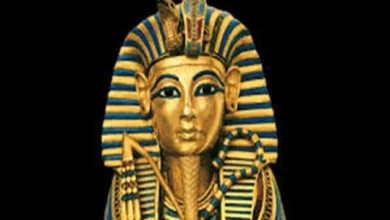Top 15 oldest cities in the world
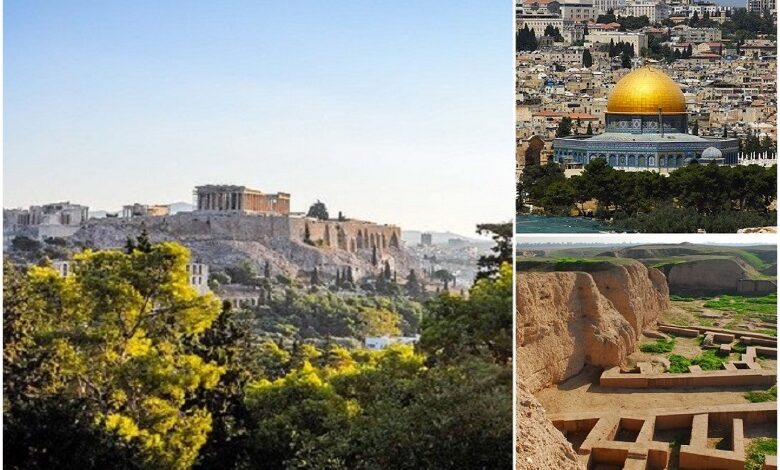
Have you ever think of the oldest cities still existing in the world? If yes, there are the oldest cities that exist today, each of which can be visited independently.
Not only the ancient leadership lifestyles, but they also have a rich historical past. However, not all cities whose history began long before our era includes in guidebooks. Below are the 15 top oldest cities in the world today.
1. Jericho, Israel
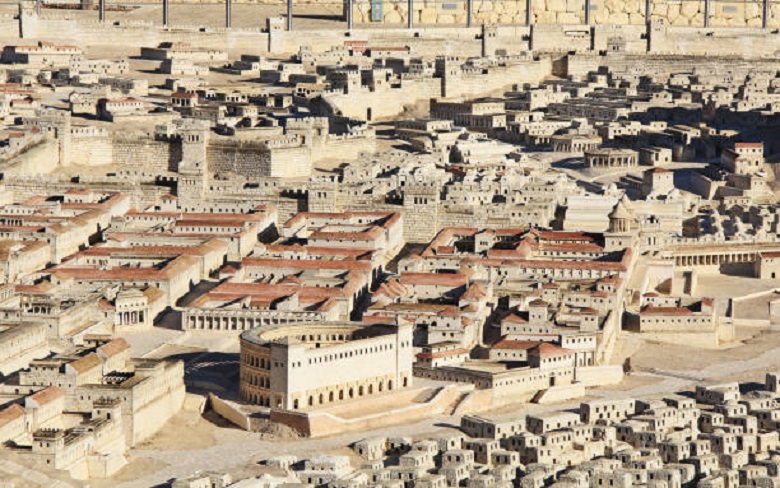
Jericho boldly claims to be the oldest city on the planet. To get to the ancient streets, you need to drive about 40 km towards the Jordan Valley. The town is popular with tourists. But their flow, for sure, would have been greater if not for the proximity of the military zone on the borders of Israel and Palestine.
Archaeologists removed 23 historical layers during excavations. Presumably, the first settlements on the river banks appeared 12 thousand years ago, but they were not permanent. Fortress walls and around watchtower appeared in the 7th millennium BC. e. The prosperous city fell at the turn of the century to the sound of Joshua’s trumpets.
2. Byblos, Lebanon
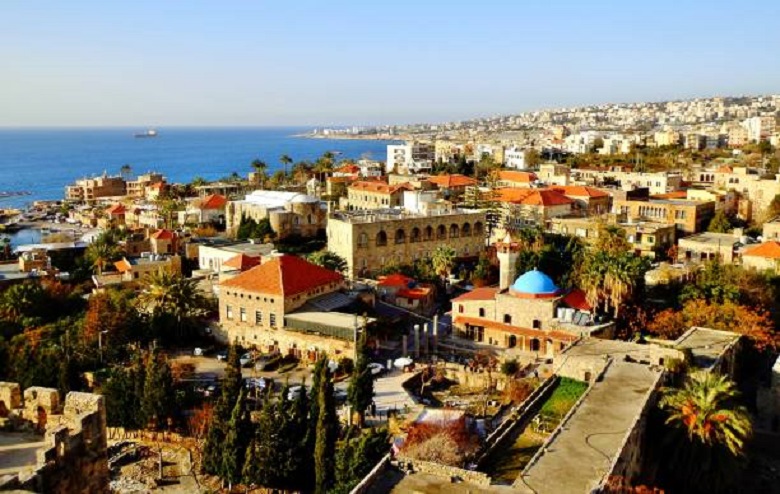
The fifth millennium is the arrival of the Phoenicians to the port city, who erected the city walls. Settlements in a fertile valley on the Mediterranean coast appeared about 3 thousand years earlier. They perfectly protected by mountains from the mainland and had two harbours, which allowed the inhabitants to conduct active trade with Egypt.
For a long time, the city remained the largest port on the Mediterranean. They brought timber to Egypt. The ships returned loaded with papyrus, which then delivered to cities along the coast.
3. Aleppo, Syria
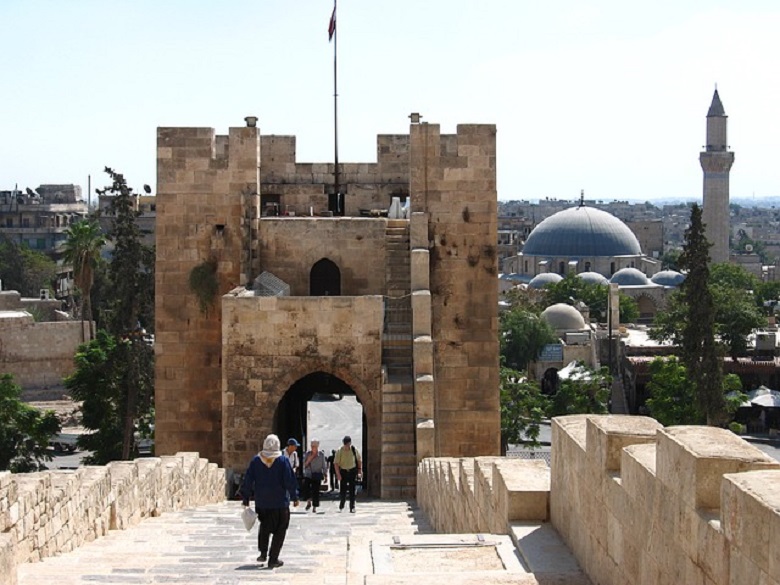
The area, surrounded by eight hills, was inhabited about 4.2 thousand years ago. Wheat, date and olive trees grew on the fertile lands of the Queiq River Valley. However, the city constantly attacked. The Romans, Turks, Mongols, Turks ruled here. That is why Aleppo’s architecture is so versatile.
A citadel of white stone rises on the central hill. Inside the fortress walls, 10 m high and 6 m thick, it resembles an ancient acropolis. Seven mighty gates are leading to the old city. The streets of the old city stretched inside. And already outside the walls is the Christian quarter.
Unfortunately, Aleppo has suffered severe damage from the last civil war. Now it is under restoration. But the situation in the country is restless, and there is no need to dream of crowds of tourists.
4. Damascus, Syria
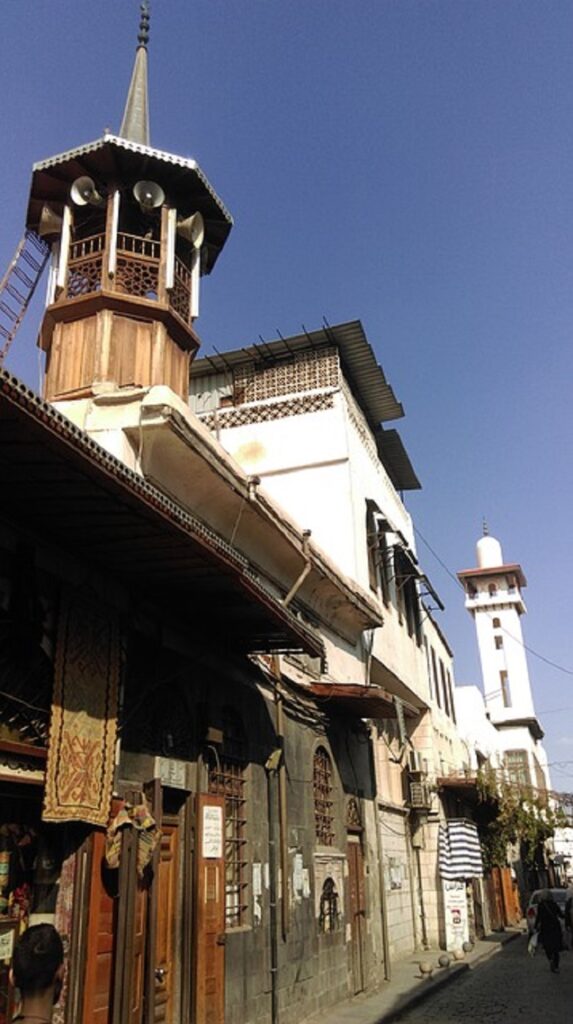
Arab historians associate the emergence of the city with the legend of the worldwide flood. They believe that the Damascus walls were the first to be erected by people after the water receded. However, the earlier mention of the settlement dates back to the 15th century BC. At that moment, he was under the rule of the Egyptians.
Damascus is a motley city, both by nationality and by religious belief. Although the overwhelming majority of residents adhere to the principles of Islam, there are both Christian and Jewish communities here. This moment also left its mark on the architecture of the city.
5. Susa, Iran

The ruins of the city of Susa is located near the modern town of Shush, near the Iran-Iraq border. And although today little has become of it, in ancient times, the settlement was famous. The first inhabitants appeared on its territory about 9000 years ago. However, documentary evidence of its existence dates back to the 5th millennium BC.
Susa has long been the capital of Elam. They mentioned in the Old Testament. The prophets Daniel and Nehemiah lived here. Unfortunately, after the arrival of the Arabs, followed by the Mongols, the locals left their homes. It happened in the XII century.
6. Faiyum, Egypt
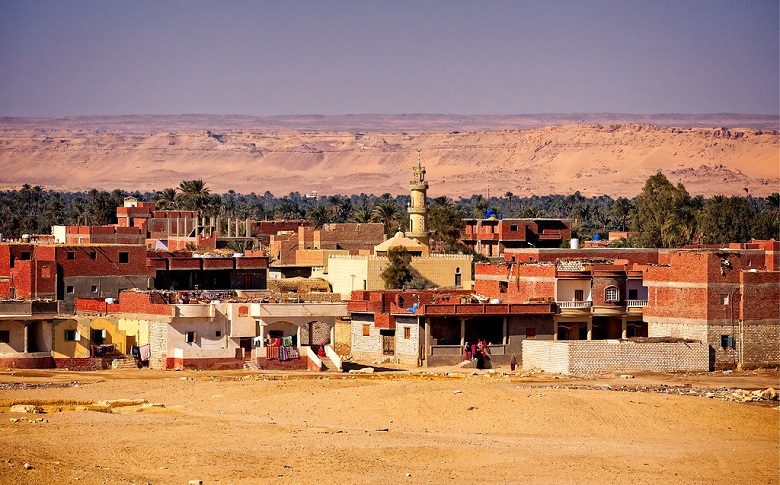
Once founded in a flourishing oasis surrounded by the sands of the Libyan Desert, the city still exists today. It is connected to the Nile by the Bahr Yussef Canal. In ancient times, pharaohs came here to bow to crocodiles. A lake dig in the vicinity, where amphibians bred. Over time, the wetland was drained and used for growing crops.
Here the pyramids of Amenemhet III were built, to which the labyrinth led. And the cemetery of Senusret II. In the first, according to various sources, there were from 1,500 to 3,000 rooms.
7. Sidon, Lebanon
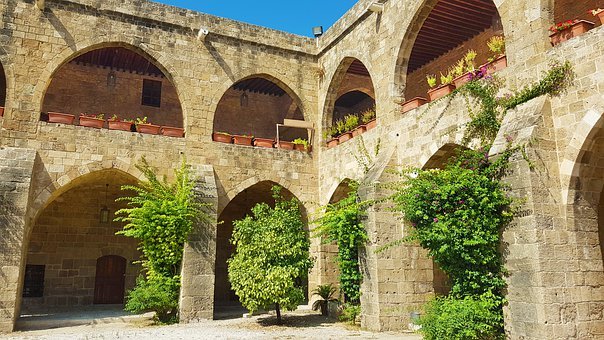
Presumably, the area on the Mediterranean coast inhabits the Neolithic period. Archaeological finds evidence this. However, he became known in the XII century BC., when the Philistines captured it. However, it quickly recovered and turned into a major trading city. Even then, the masters of Sidon were able to produce glass, purple, and skillfully embroider women’s clothing. Natives of Sidon founded the city of Tyre.
The modern town of Saida is not much different from the usual Mediterranean town. Only the fortress of the Crusaders and the Arab quarter with its noisy markets can tell about its ancient history. But they were all founded already in the last millennium.
8. Plovdiv, Bulgaria
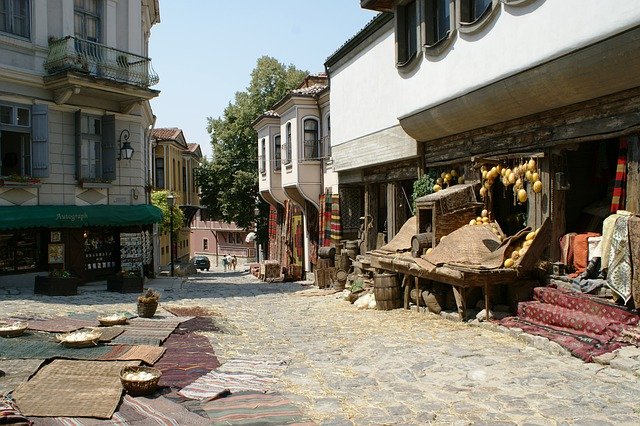
Although many archaeologists think that settlements on the territory of Plovdiv existed between the 6th and 7th millennium BC, however, as a city, it has existed since about 1250 BC. It is rightfully considered the oldest in Europe.
It should note that Plovdiv is not only an ancient city but also a perfectly preserved one. Guests can see the ancient theatre, the remains of the fortress walls, civil buildings, baths. The restored theatre still hosts performances.
9. Athens, Greece
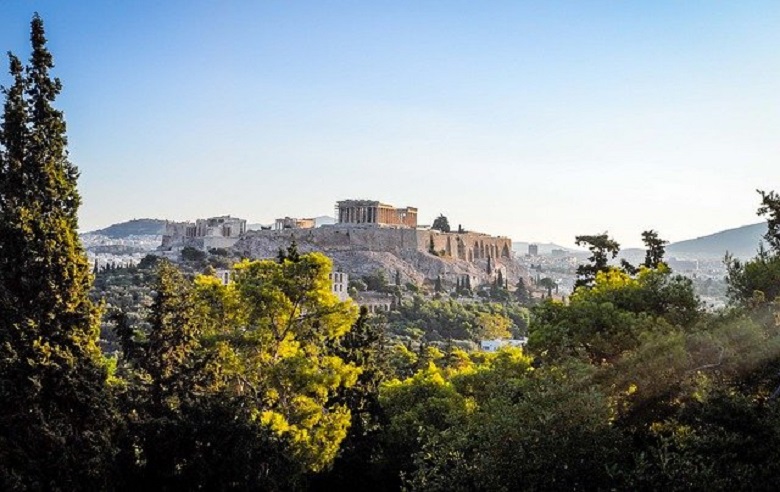
The oldest city and cradle of Greek civilization founded about 9 thousand years ago. However, it reached its heyday much later. Around 500 BC. e. the town is called differently. The name Athens is common. But since 1970, the official name of the city is Athina. In the singular, the goddess of wisdom and war was called, who managed to defeat Poseidon in the dispute.
The city lost its influence during the formation of the Roman Empire. In the middle of the first millennium, Athena came under the influence of Byzantium, whose authorities did not contribute to the city’s development. Until the 15th century, French and Italian knights also claimed the city. As a result, in 1458, the town was captured by the Ottoman Empire. And only at the beginning of the nineteenth century, with the formation of the Kingdom of Greece, it regained its capital status.
10 Luxor, Egypt
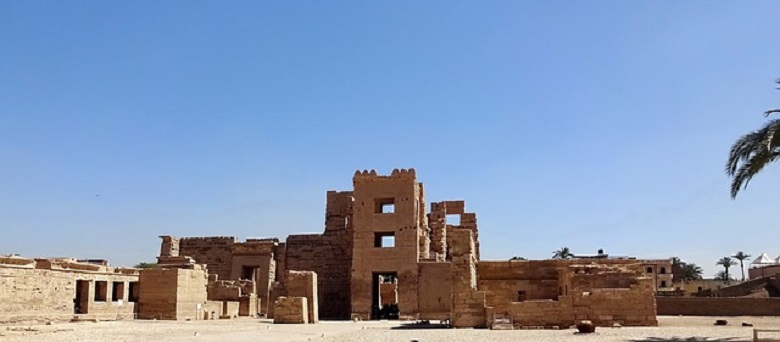
Luxor is a modern city on the site of the significant Egyptian capital, Thebes. And although the first documentary mentions it begins from the third millennium BC, archaeological finds say it is much older. An interesting point: the years passed, the rulers changed, but the city existed continuously, which is a great rarity for ancient settlements.
It is located in the upper Nile, about 700 km from the Mediterranean coast. The river’s waters divide it into two parts – the city of the living and the city of the dead.
11. Gaziantep, Turkey
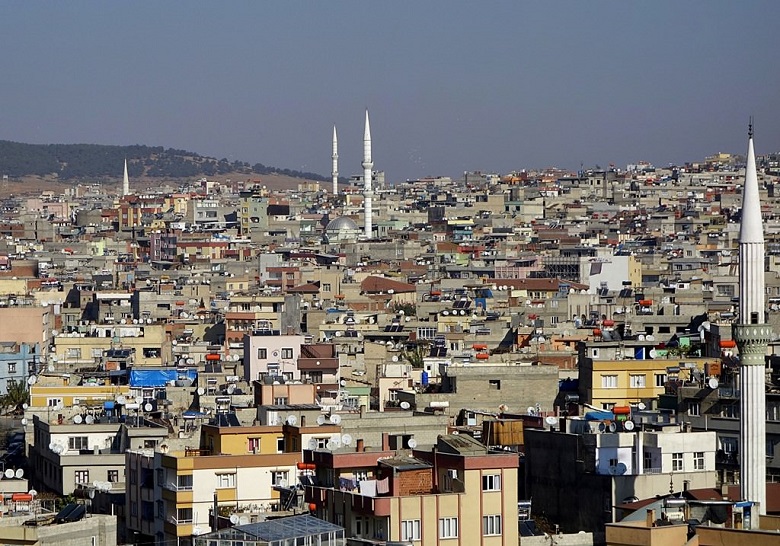
The city’s existence on the slopes of Mount Taurus became known in the 7th century, after the conquest of the territory by the Arab Caliphate. However, scientists believe that it existed long before our era. It was a cluster of villages 40 km from the Euphrates River. Residents mainly engaged in agriculture and weaving.
Gaziantep is an as-yet-undisclosed destination, which lies far from the main excursion routes. But in vain! It houses the world’s largest museum of Roman mosaics. The works of art brought from the city of Zeugma, which flooded by the waters of an overflowing reservoir after the dam’s construction.
12. Beirut, Lebanon
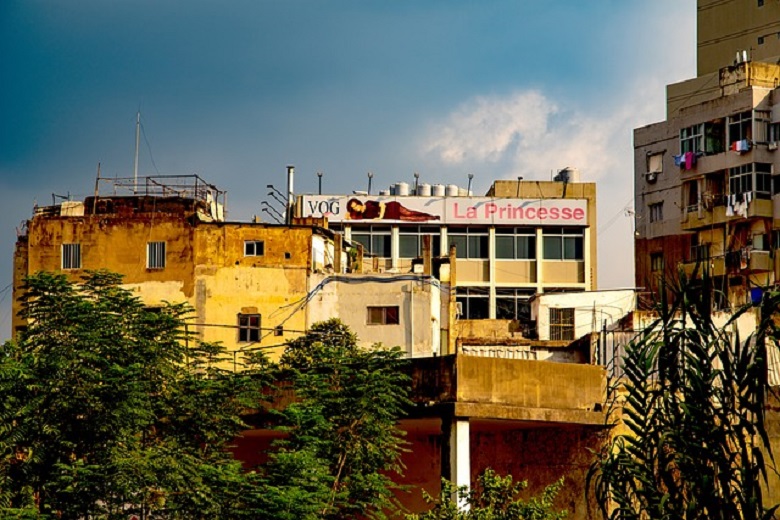
Another city on the Mediterranean coast fell victim to military conflicts in the 20th and 21st centuries. This is due to the successful location and oil deposits found on the shelves. The city first mentioned in the 15th century BC. However, archaeological excavations made on the peninsula where the town locates suggest that it is much older. In the XII century, the city came under the influence of the Arabs, and a thousand years later – the Ottoman Empire.
13. Jerusalem, Israel

The city of three religions first mentioned at the turn of the 20th and 19th centuries. BC. But if you believe the archaeological finds, the settlement between the Mediterranean and the Dead Sea has existed for 6 thousand years ago. But the great history of the city began in the 1st century BC when the city submitted to the Romans. A protégé of the Empire, Herod the Great immortalized his name in the Great Western Wall.
Less than 100 years later, the preacher Jesus Christ appeared in Jerusalem. Here he was executed. And the city began the countdown of a new history. With internecine wars and the division of the capital between Israel and Jordan. Only in 1980 did Jerusalem finally find its unity.
14. Tyre, Lebanon
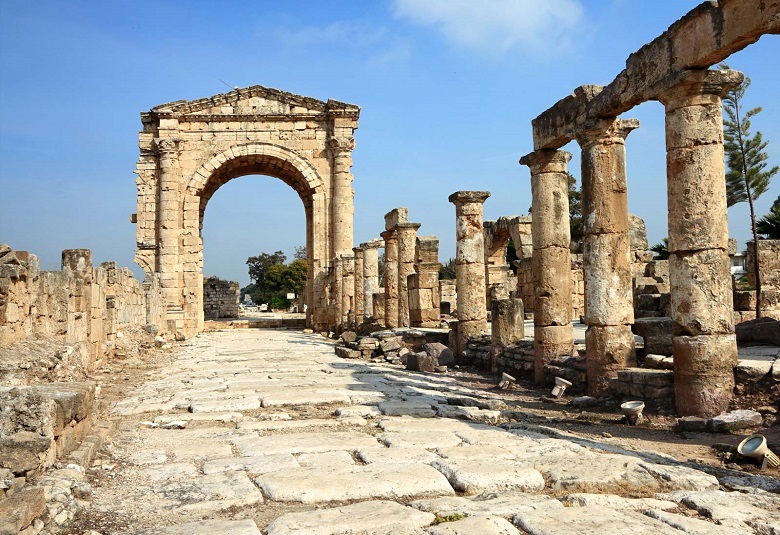
The earlier mention of the town dates back to the 16th century BC. e. However, according to legend, the city is much more years old. People from neighbouring Sidon founded it. But the locals are more fond of the beautiful tale about the island that wandered through the sea waters in search of a haven.
There is also a second legend associated with Tyre. It believes that this is where Jesus Christ performed his first miracle. Turned water into wine. True, there is no confirmation of this. But all guests are invited to climb to the caves of the town of Cana. They say that it was here that the cave locates, where Jesus spent the night before the miraculous act.
15. Erbil, Iraq
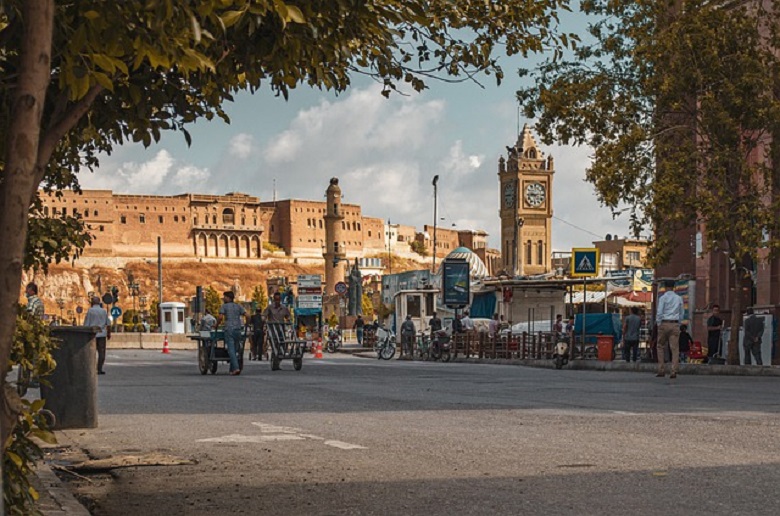
Currently, the city is the administrative centre of Kurdistan. The Parliament of Kurdish Autonomy works in the town. It should note that the ancient city of Erbil well preserved. Perhaps the reason for this was that the Mongols initially could not enter the central part of the city, protected by the citadel. However, they succeeded on the second attempt in 1258.
It still rises on a hill above the streets of the city. Unfortunately, now we are actively excavating its territory, and not all sites are available for visiting. The Textile Museum and Hamam are currently open. And nearby the oriental bazaar is noisy. Behind it rises the Muzaffariya minaret, and the Sami Abdulrahman park begins, where you can relax by the ponds and walk along with the rose garden.



